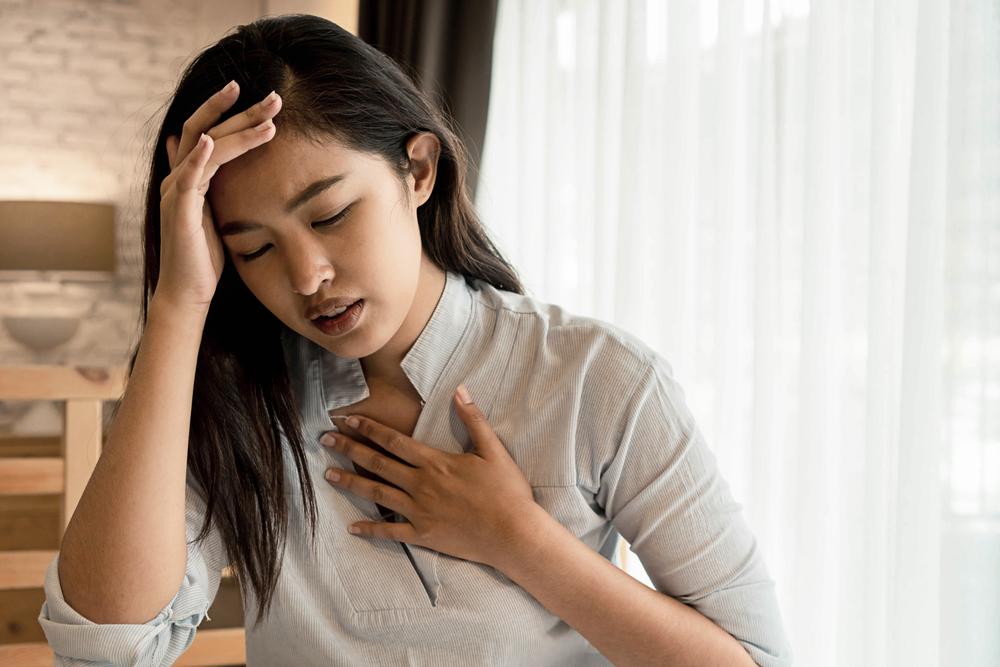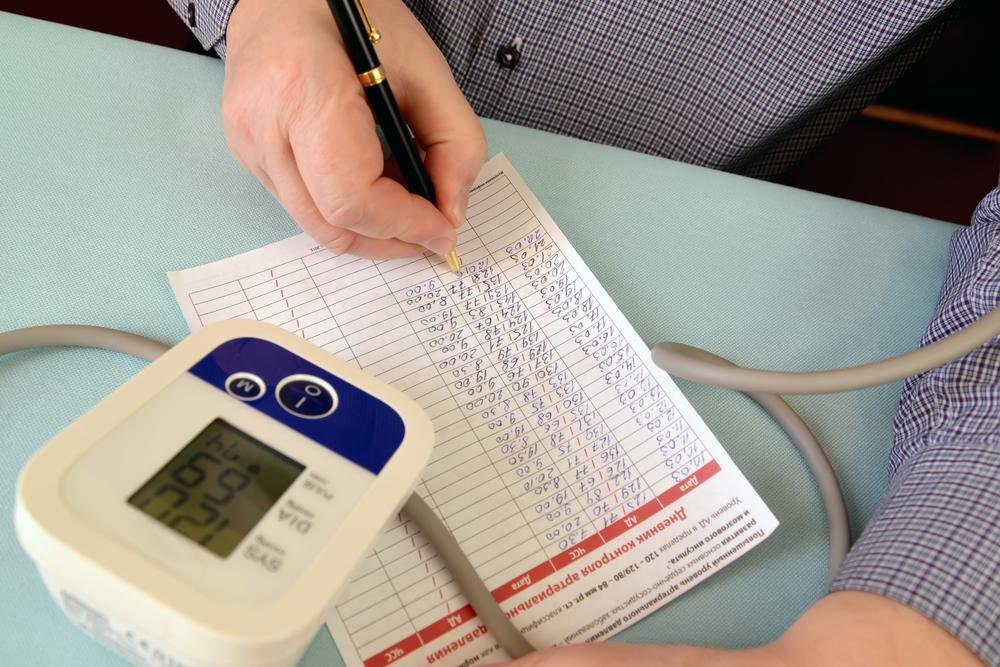High blood pressure is one of the most common health problems today. The disease, which can affect adults and the elderly, as well as children and adolescents, has a variety of origins, ranging from genetics to environmental factors.
The basic precaution to be taken to prevent the problem is adopting a healthy lifestyle. In the long run, the condition can lead to serious problems such as stroke and bleeding in the brain.
After all, what are the main symptoms of high blood pressure?
One of the biggest problems is that in most cases, high blood pressure manifests itself silently. It is common for patients to live with hypertension for years before discovering the problem.
Therefore, keeping your eyes open for the symptoms outlined below is a great way to predict the diagnosis of the disease that affects more than 700 million people. Payment:
1. Nausea and dizziness
Blood pressure is the result of blood circulating in the body. It increases when there is congestion in the veins and arteries. prevents the free passage of liquid.
Blood is responsible for transporting oxygen, and when its circulation is cut off, we can suffer from a lack of oxygen. Especially in the brain, this causes feeling sick and dizzy.
2. Headache
If insufficient oxygenation continues for a long time, the brain warns us of the problem through headaches. The complication arises when this symptom is confused with other simpler conditions like migraine and so you need to be aware of it.
3. Drowsiness and mental confusion
Another consequence of insufficient oxygenation in the brain is lethargy and disorientation. The organ responsible for cognitive processes needs oxygen molecules to function properly, and its absence causes mental confusion.

4. Tinnitus and vision changes
It’s not just the brain that suffers from a lack of adequate oxygen. Other organs, such as the ears and eyes, can also impair their function due to a lack of substance, causing tinnitus and blurred vision.
It is also useful to pay attention to the eyes. Since the vessels in this area are thin, they burst due to high blood pressure.
5. Nosebleeds
Our blood vessels in the nose are fragile, just like in the eyes. If the pressure is high, it can cause frequent bleeding episodes. If this symptom persists, be vigilant, okay?
6. Chest pain
Another important issue affected by increased blood pressure is the heart. When there are blockages that prevent the free passage of blood fluid, the organ needs to work double take into account the proper functioning of the circulatory system.
Therefore, hypertension is a risk factor for heart attack. The first symptoms of the problem are chest pains that show the effort of the organ. It may be accompanied by paleness, cold sweat and a feeling of faintness.
7. Difficulty breathing
In the case of pulmonary hypertension, the narrowing of the blood vessels in the lungs makes it difficult to breathe. The feeling of shortness of breath can begin during physical exercises and occurs even at rest as the condition worsens.

When symptoms are detected, the patient should see a general practitioner to assess the risks of hypertension and start the treatment prescribed by the specialist. Also, it’s never too late to start taking steps to prevent the problem.
What to do when blood pressure rises?
With the diagnosis of high blood pressure in the hand, the patient should take some precautions so that the problem does not progress. The first step is to take the drug as prescribed by the specialist.
But the life changes don’t end there. Eating habits should also be readjusted, starting with moderation in salt consumption. Increasing your intake of fruits, grains and dairy products is another powerful way to fight disease.
Since there is a relationship between smoking and high blood pressure, smokers should quit smoking. Another common cause of the condition is stress, so doctors are in favor of adopting a more relaxed pace of life.
For those who want to avoid the problem, the same treatment measures are recommended: improve their diet, exercise every day, reduce salt consumption and quit smoking.
Finally, everyone should be aware of the signs of the disease and seek medical attention at the first signs. Knowing your own pressure taking regular measurements can aid diagnosis and, above all, to ensure a long and healthy life.
So, what do you think about the content? Worth sharing on your social media and alerting your friends and family, right? Enjoy this and other topics on TecMundo and stay tuned!
Source: Tec Mundo
I am Bret Jackson, a professional journalist and author for Gadget Onus, where I specialize in writing about the gaming industry. With over 6 years of experience in my field, I have built up an extensive portfolio that ranges from reviews to interviews with top figures within the industry. My work has been featured on various news sites, providing readers with insightful analysis regarding the current state of gaming culture.













